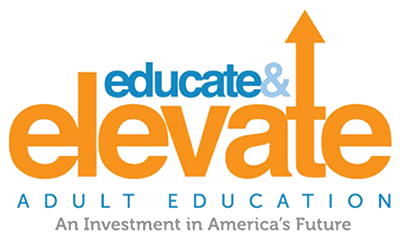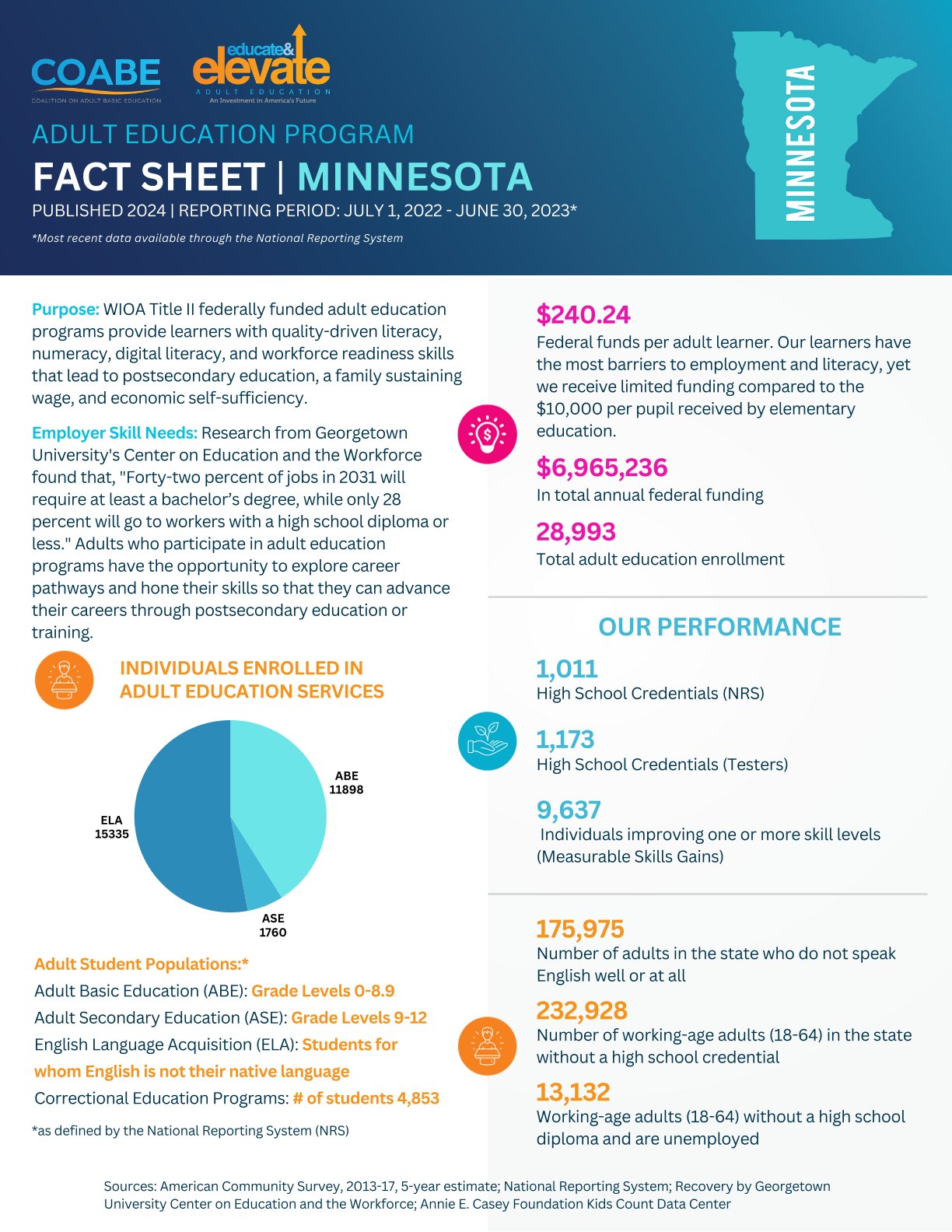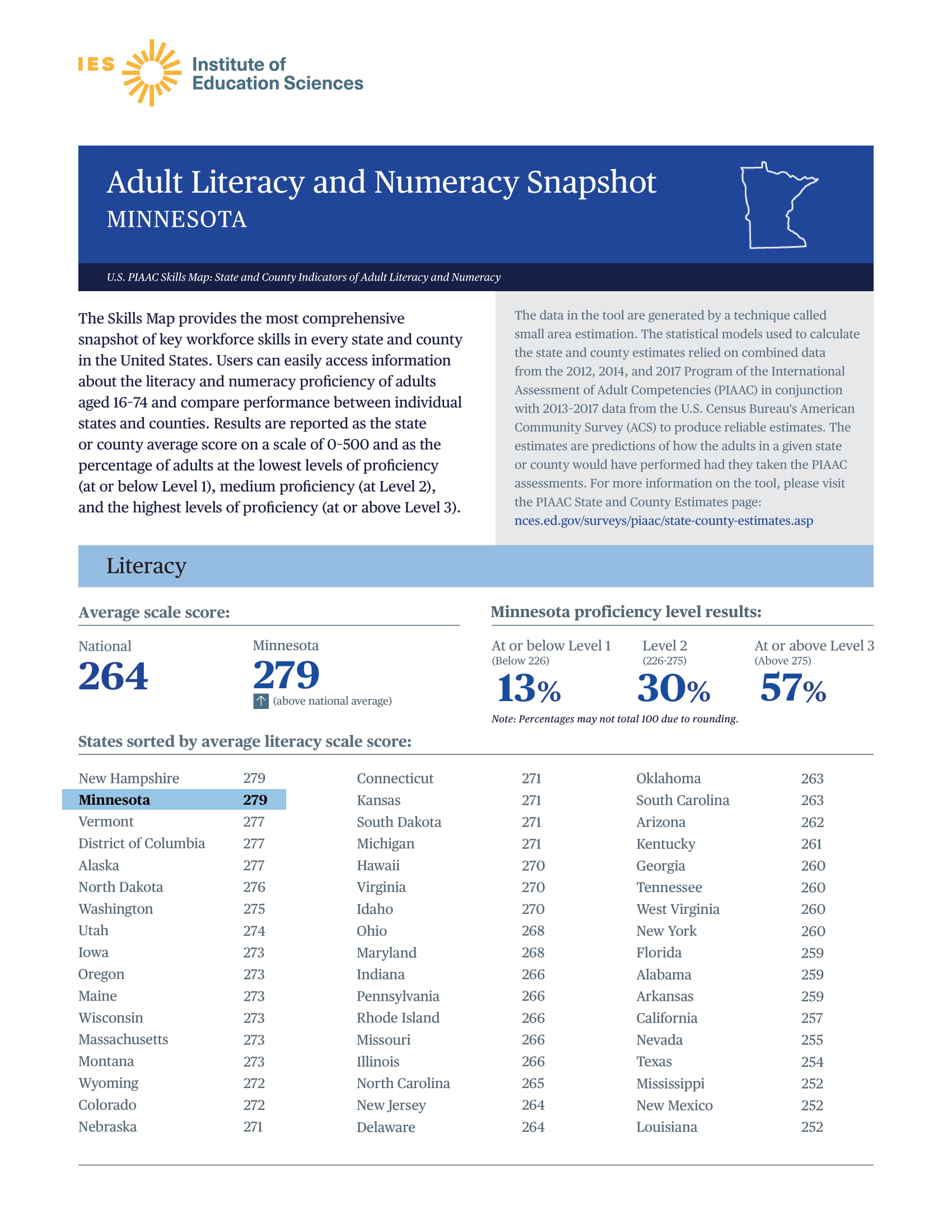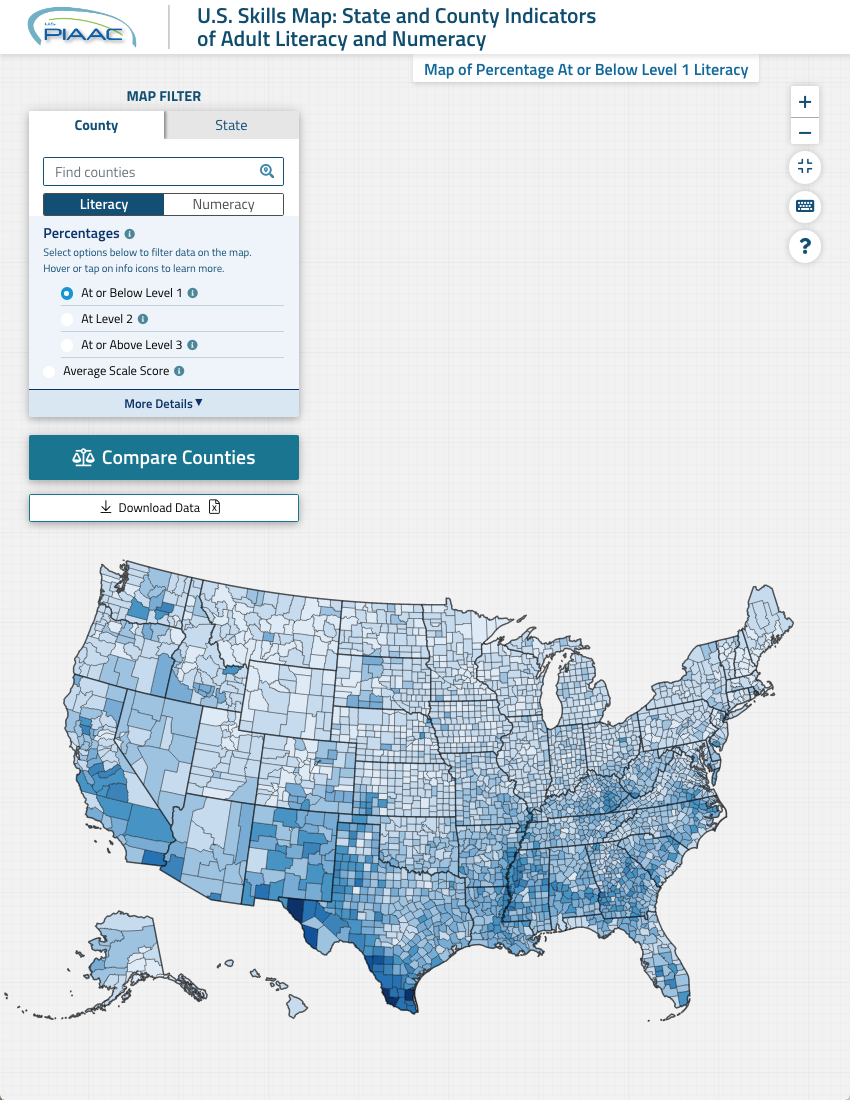Adult Learner Success Stories
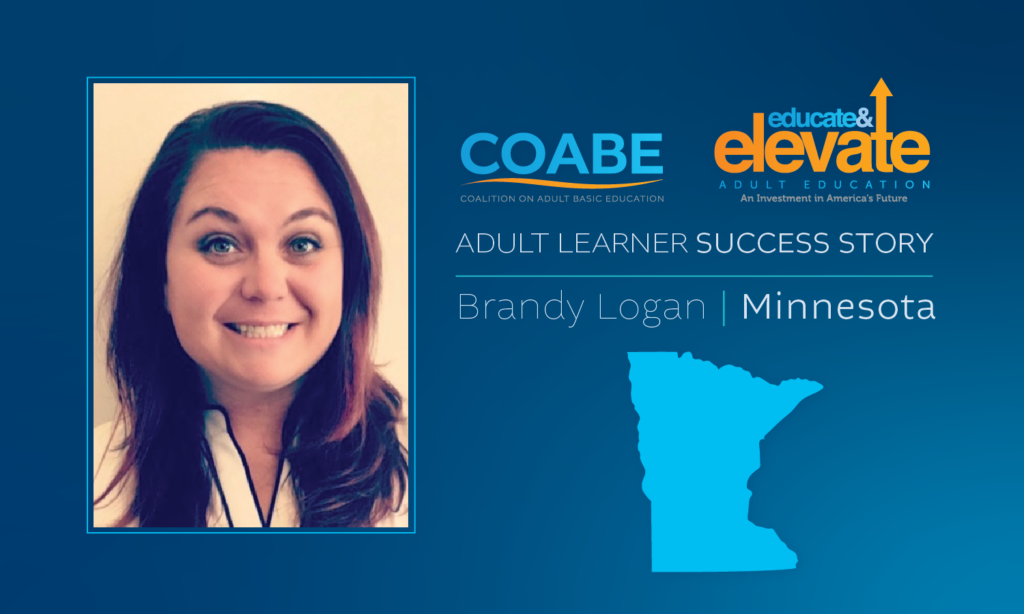
Watching another aging waitress struggle to keep up, Brandy Logan had a wake-up call. Adult education led Brandy to pursue her education at the highest levels of academia.
State Innovations
Minnesota
Adult Academic Program: Job Olympics
Robbinsdale Area Schools
Crystal, MN
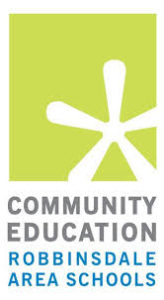
The Challenge
AAP students learn skills related to interviewing, job searching, completing applications, soft skills, and exploring careers or higher education. Staff noted that students were more motivated and likely to master learning goals when a real-life situation demanded it.Therefore, the Job Olympics event was devised as a fun way to motivate and encourage students. The mock interview, job application, and online job search provide students with valuable real-time feedback to improve these skills.
The Solution
Staff preparation for the event takes weeks; its success relies heavily on finding unpaid, volunteer judges. The judges, from local businesses, social services, and other sources provide invaluable encouragement and constructive feedback for student participants. Students compete in 3 events: online job search, job application completion, and job interview. For each predetermined category, judges award points. For example, for interviews, students are scored on appearance, eye contact, and response to questions. The event concludes with a closing ceremony where all students earn a certificate, and the students with the top three scores on each team win bronze, silver, and gold medals.
The Outcome
The excitement of this event and the constructive feedback to students from the volunteer judges helps motivate them to do their best. In addition, prizes are awarded to each medal winner, and the names of all participants are entered into a drawing for more prizes. The Job Olympics gives students a better chance at acquiring a job. The local community benefits as new adults join the workforce, and volunteer judges get to know our school and students and become more supportive of both.
Adult Academic Program: Stress Management & Relief
Robbinsdale Area Schools
Crystal, MN

The Challenge
Immigrant students in my class faced many stressors this year. For example, a student’s roof leaked and mold had developed in her walls; another had lost a brother to murder; others fled war and civil unrest in their home countries; others were preoccupied with thoughts of children who remained in their native countries. Limited literacy & financial limitations added more stress. My goal was to provide students with useful, transferable stress management tools in the context of an ABE classroom.
The Solution
In order to provide an environment that was maximally supportive of these students and conducive to learning, I incorporated and modified ideas throughout the year from the New England LRC’s Managing Stress to Improve Learning project. The AAP Resource Room also played a supportive role. Students learned about the impact of stress on learning. They later completed stress circles, an altered shoes project, daily yoga, and a public service announcement that they presented to the other classes. This Google Slides PSA focused on what students could do to maintain a safe and healthy school environment. The student homeowner experiencing significant house problems, as well as others, were referred to our Resource Room for additional support.
The Outcome
The stress relief & management initiative had a positive impact on student persistence and progress. 61.5% of students with more than 40 hours of class time achieved gains, with improvements in alphabetics, decoding, writing, and spelling. Better reading fluency, pronunciation, and math & technology skills were also noted. Students reported lower stress levels and teacher observation confirmed this. In addition, close relationships among and between students and teacher characterized the class.
Adult Academic Program: Student Advisory Board
Robbinsdale Area Schools
Crystal, Minnesota

The Challenge
The AAP identified a need to encourage student input into program operations and assist with new student integration to enhance persistence. Student Advisory Board (SAB) attendance was inconsistent, and the group had trouble focusing and making substantive input. Two new roles were identified to bring focus to their work: assisting with integration of new students and aiding students in the Resource Room. As a result, 8 lessons were developed for SAB members to teach necessary related content.
The Solution
Two teachers, with support and input from the director and others, wrote and taught the eight lessons. Topics helpful to SAB members in enhancing their function as a body and in their work as new student mentors and Resource Room guides were chosen for the lessons. The lessons are as follows: What is Leadership, Communication Perception and Style: Active Listening, Trust and Confidentiality in Peer Relationships, Telephone and Internet skills, Resolution and Peer Mediation, and in process: Stress Management/Mental Health, and Self-Empowerment. SAB members attended meetings and participated in learning the content through a variety of means such as direct instruction, cooperative groups, discussions, and role play.
The Outcome
SAB participants have demonstrated leadership at both the school and district level. Two have become members of the Community Ed Advisory Council; one was hired to staff our Student Resource Room. Individual members increased their involvement in mentoring new students, and attendance of SAB members improved. Participants also seem more self-assured. These efforts are still at an early stage. As SAB members complete training and gain experience, more positive outcomes are expected.
